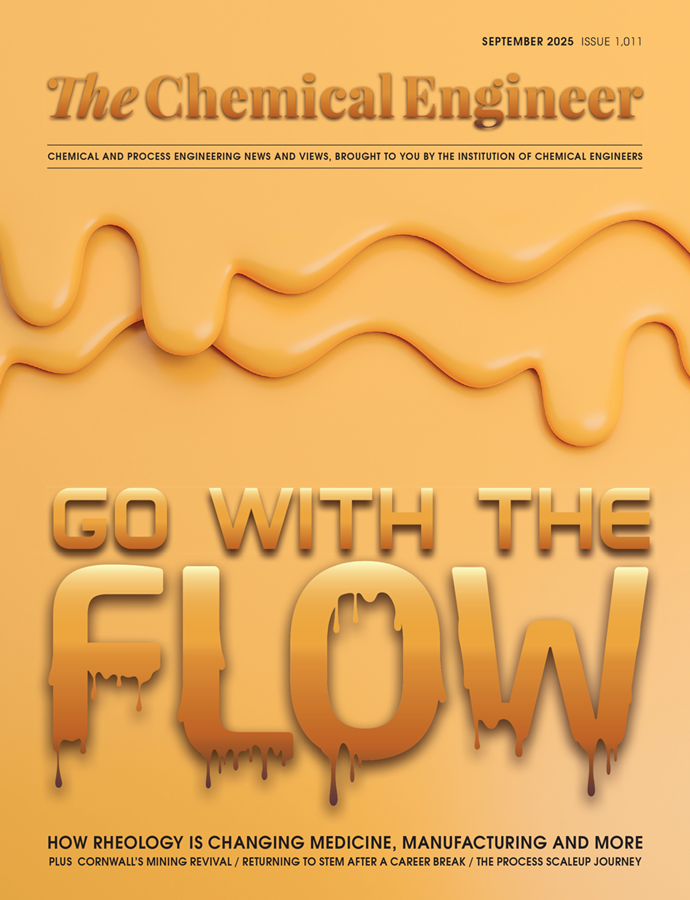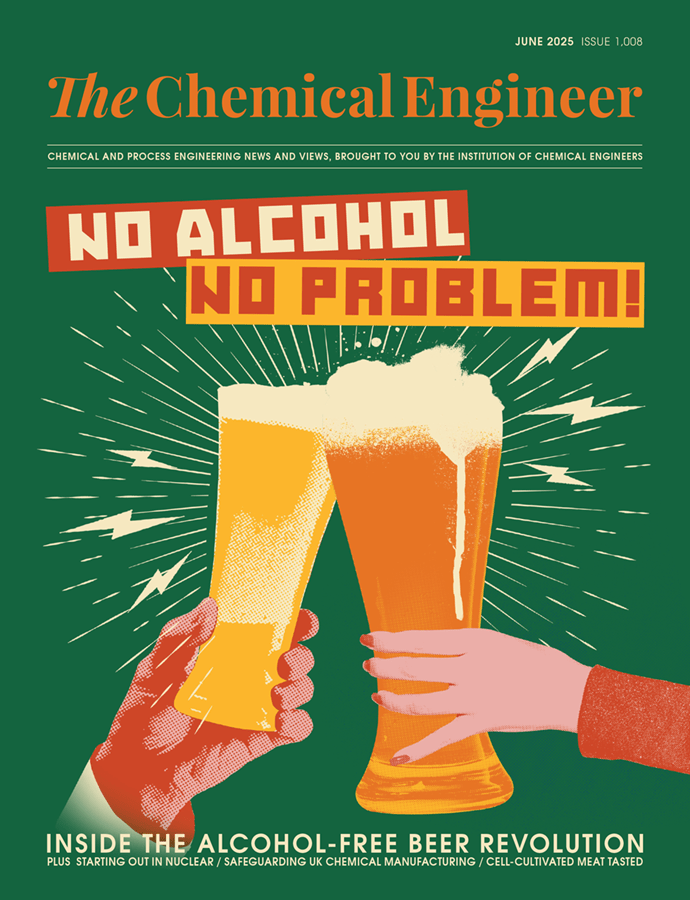Phosphate Rocks Chapter 21: Nitric Acid

Aqua fortis. Spirit of nitre. A clear, colourless liquid that turns pale yellow in air, giving off choking, reddish-brown fumes. Nasty stuff. Highly reactive. Useful for all the reasons that make it so dangerous.
It is one thing to know what something is made of, another thing to know how to make it. You might look at the formula for nitric acid, HNO3 – one hydrogen, one nitrogen and three oxygens – and think it straightforward. Nitrogen and oxygen from the air, hydrogen from water. But knowing where you want to go and finding the best route to get there are different things.
If you want to go to New York from Leith, you could walk to Stranraer, row across the Irish Sea, squelch across Ireland and then swim the Atlantic. It might take some time, so you don’t take the obvious route. Instead, you take the tram to Edinburgh Airport, where you might find that the cheapest option is far from direct – for example flying east to Amsterdam and then west to Detroit and then finally east again to the Big Apple.
But imagine you are taking the Scottish Youth Orchestra to play in Carnegie Hall, 120 teenagers with timpani and tubas and double basses. The route you choose might be different again.
So, it is one thing to know where you want to go, but quite another to get there at large scale and acceptable cost in a reasonable time. The skill in chemistry is finding the right stopping-off points to make the overall process economic, and here’s where we must thank Mr Fritz Haber and Mr Wilhelm Ostwald(xix).
We’ve already met Mr Haber(xxi) with his high-temperature, high-pressure ammonia process. Mr Ostwald is less well-known, although he won a Nobel Prize for chemistry nine years before Mr Haber: in 1909 to be precise.
Latvian Willy, as John would have called him, was an interesting chap: a perpetual student, locked in conflict with his industrialist father who wanted him to join the family business making chemicals. One of those kids who already knows he is better than those around him at school, he probably didn’t endear himself to his first professors by demonstrating that he was smarter than them too. Latvian Willy was more interested in chemistry than popularity; his single-mindedness was rewarded.
In Latvian Willy’s process(E), ammonia reacts with oxygen to give nitric acid and water.
All very straightforward you might say. I could have thought of that. NH3 + O2 = HNO3 + H2O Chemistry as anagrams; you just shift the letters around.
Except that I didn’t tell you the secret ingredient. Nitrogen doesn’t want to pair up with oxygen, it is happily bonded to hydrogen. You need to excite them both to get interest. Heat to a high temperature. Now the bonds start to weaken. The atoms spend more time apart. Even then, they remain bonded, faithful. If you were to remove the heat, they would unite again as if nothing had happened. So you force them into close proximity with others in the most dangerous and seductive situation, in a place where the normal rules don’t apply. A catalyst. The finest bed of shiny metal gauze. A metal so precious it is indispensable to the wealth and health of the modern world.
Recent Editions
Catch up on the latest news, views and jobs from The Chemical Engineer. Below are the four latest issues. View a wider selection of the archive from within the Magazine section of this site.




